For centuries, Japanese cuisine has been celebrated for its delicate balance of flavors and health benefits. Among its many culinary treasures, fermented foods hold a special place, not just for their unique taste but also for their profound impact on gut health. Recent studies have further solidified what traditional wisdom has long suggested: these age-old staples are more than just food—they are a gateway to better digestion, immunity, and overall well-being.
The Japanese diet is rich in fermented products like miso, natto, soy sauce, and pickled vegetables. Each of these undergoes a meticulous fermentation process, harnessing the power of beneficial bacteria and enzymes. Unlike processed foods that dominate modern diets, these fermented items are alive with microorganisms that interact symbiotically with our gut flora. Researchers have found that regular consumption can lead to a more diverse microbiome, which is increasingly linked to everything from mental health to metabolic efficiency.
Miso, a paste made from fermented soybeans, is a cornerstone of Japanese cooking. Its umami-rich profile isn’t just a flavor enhancer; it’s packed with probiotics like Aspergillus oryzae, which aids in breaking down complex nutrients. A 2022 study published in the Journal of Nutritional Science revealed that participants who consumed miso soup daily showed significant improvements in gut barrier function, reducing inflammation markers. This aligns with Japan’s lower rates of inflammatory bowel diseases compared to Western nations.
Then there’s natto, the sticky, pungent fermented soybean dish that divides even locals. Love it or hate it, its health credentials are undeniable. Natto is teeming with Bacillus subtilis, a strain of bacteria that produces vitamin K2 and nattokinase, an enzyme linked to improved circulation and gut motility. Clinical trials have noted its prebiotic effects, fostering the growth of beneficial bacteria like Bifidobacterium while suppressing harmful pathogens. It’s no coincidence that regions in Japan where natto is a breakfast staple report fewer cases of constipation and bloating.
Even the humble tsukemono (pickled vegetables) plays a role. Lacto-fermentation preserves these veggies while infusing them with lactic acid bacteria—similar to those found in yogurt but with a wider variety of strains. A Kyoto University study observed that elderly subjects who included tsukemono in their meals had slower age-related declines in gut biodiversity, suggesting fermentation might counteract some effects of aging on digestion.
But why does this matter beyond Japan? The global rise in autoimmune disorders, obesity, and mental health issues has sparked a reevaluation of dietary habits. Western medicine is now catching up to what Japanese traditions have practiced for generations: a healthy gut is often the first line of defense. Functional medicine experts point out that fermented foods introduce microbial diversity that modern sterile diets lack. Where antibiotics and processed foods deplete our internal ecosystems, fermented foods rebuild them.
Critics argue that the strong flavors and textures of Japanese fermented foods may limit their global appeal. Yet, chefs and food scientists are finding innovative ways to incorporate these ingredients into familiar dishes—think miso-glazed salmon or natto smoothies. The key lies in education; understanding their benefits might just outweigh initial hesitations.
As research continues to uncover connections between gut health and chronic diseases, Japan’s fermented foods offer more than cultural value—they provide a blueprint for nutritional resilience. In a world obsessed with quick fixes and fad diets, perhaps the answer has been quietly fermenting in wooden barrels all along.
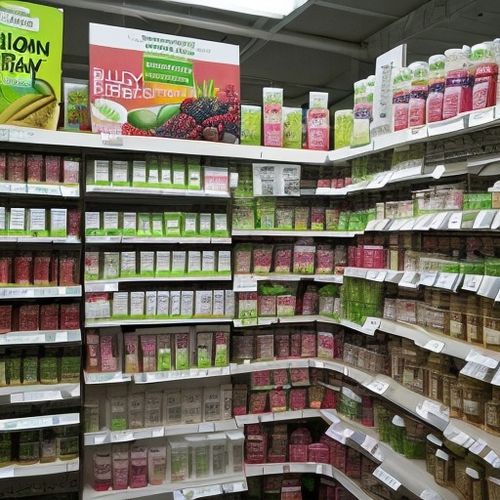
By Elizabeth Taylor/Apr 10, 2025
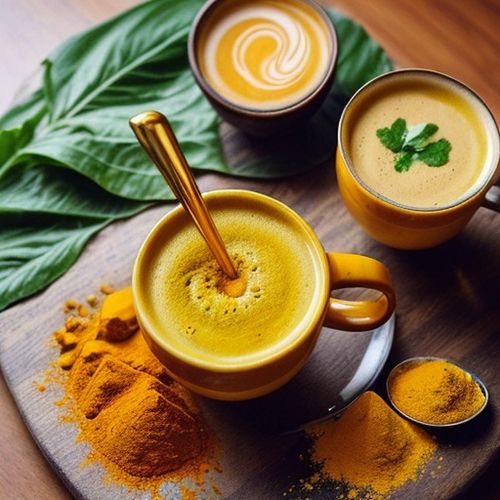
By Laura Wilson/Apr 10, 2025

By Natalie Campbell/Apr 10, 2025
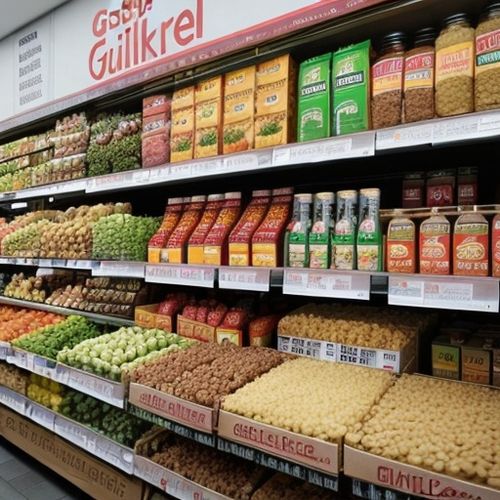
By Daniel Scott/Apr 10, 2025
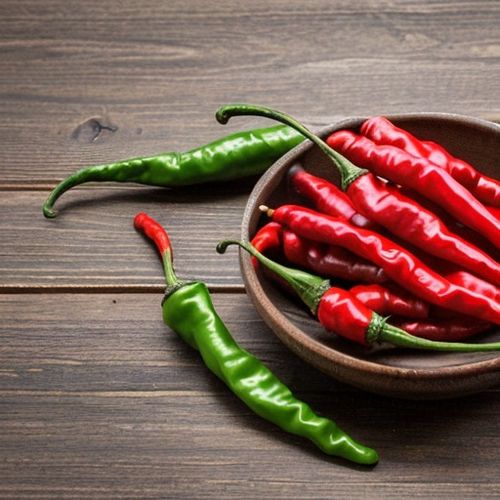
By Sarah Davis/Apr 10, 2025
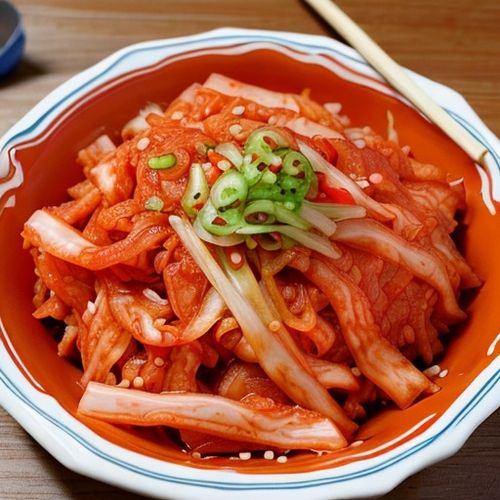
By Michael Brown/Apr 10, 2025
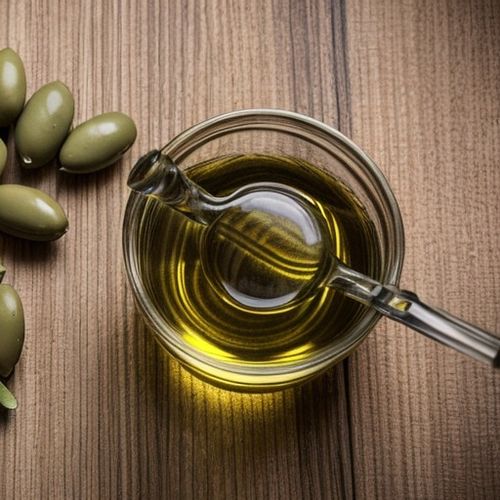
By George Bailey/Apr 10, 2025
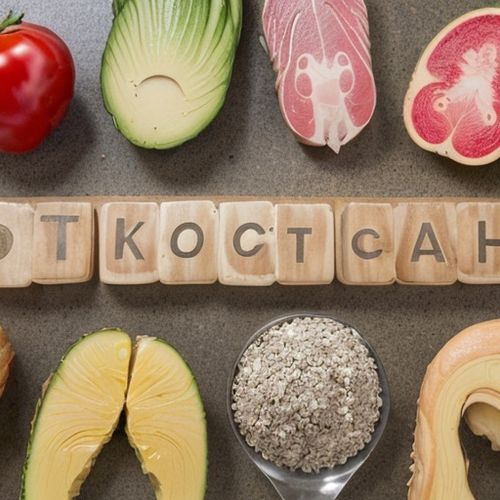
By Thomas Roberts/Apr 10, 2025
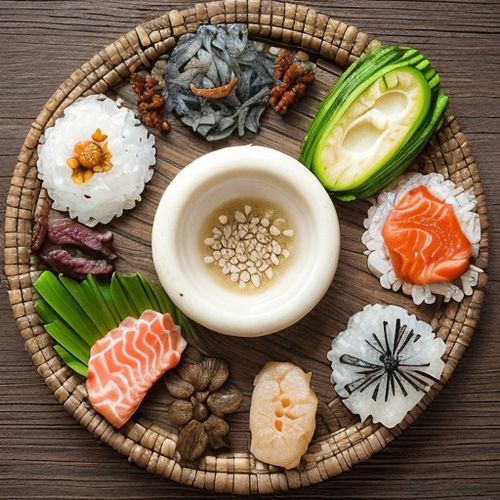
By Sarah Davis/Apr 10, 2025
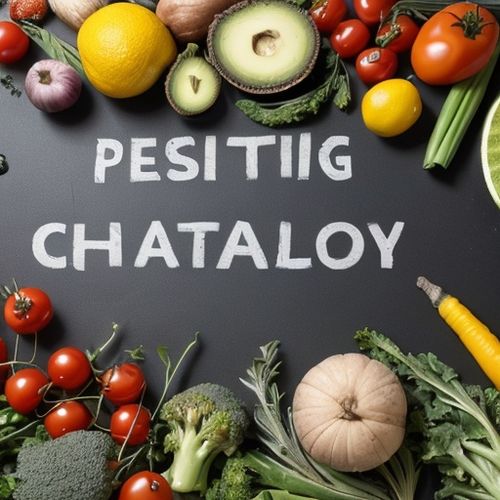
By William Miller/Apr 10, 2025

By Natalie Campbell/Apr 10, 2025
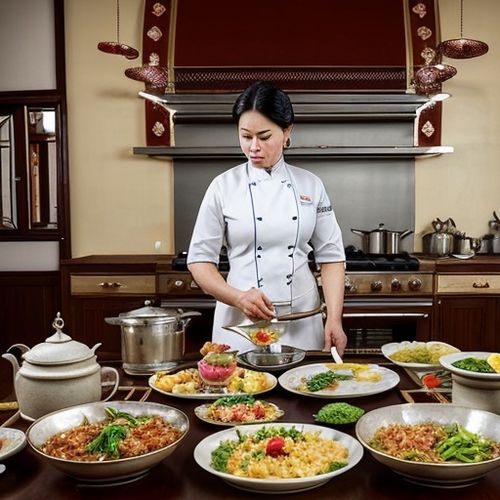
By Ryan Martin/Apr 10, 2025

By Benjamin Evans/Apr 10, 2025

By John Smith/Apr 10, 2025

By Grace Cox/Apr 10, 2025
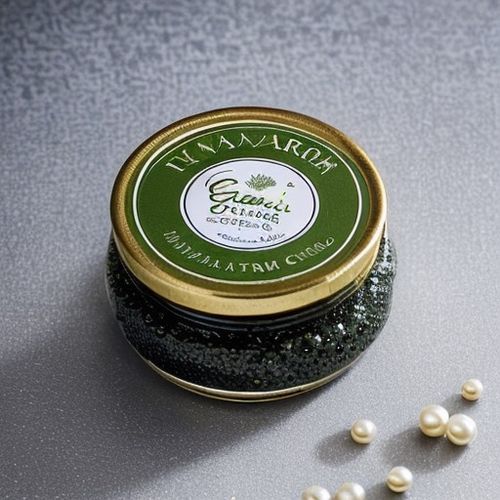
By Victoria Gonzalez/Apr 10, 2025
By Natalie Campbell/Apr 10, 2025